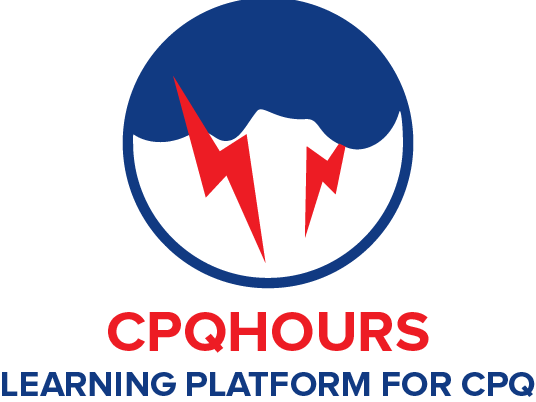Alongside that evolution has come an acknowledgement that people work in different ways. Now, many forward-thinking organisations adopt a more open, individualistic approach to workday processes, allowing employees to identify how they produce their best work. Asynchronous messaging is a communication process where messages can be sent to and from parties without the need of having to respond immediately.
This leads to more transparent workplaces that give employees access to as much as possible. Like being documented by default, increased transparency improves decision-making as everyone can make decisions based on access to the same information. When you can’t expect a message back in asynchronous communication minutes, people learn how to manage their workloads better and plan ahead. This leads to a more well-run company, less stress, and higher quality work. It’s often easier to give more honest feedback when working asynchronously than in person due to the online disinhibition effect.
Make it your team’s superpower
The tool allows users to assign tasks to team members who can comment and complete the tasks at their own pace, helping internal communications to remain relatively distraction-free. With so many now working from home, working flexible hours, the benefits of asynchronous communication are clear. While making use of technology to support meaningful working relationships, organisations also need to find the right balance in encouraging effective team collaboration to meet organisational goals. There are a few benefits to using an asynchronous video tool – for instance, asynchronous video allows you to avoid the hassles of finding a date and time that works for each meeting’s attendees. If your team works in different time zones, this is particularly important.
- For each of these channels, write down how your team typically treats them.
- ProofHub is a project management tool that helps teams keep a track of ongoing projects and upcoming tasks.
- Our developers are rigorously vetted for technical and English proficiency and demonstrate strong soft skills, which are crucial for productive synchronous and asynchronous communication.
- I don’t know about you, but this scenario seems like a recipe for disaster to me.
You can search for answers across your company’s tools and integrations, and edit files in realtime with other users. Knowledge can be uploaded to specific folders for other teammates to access when they need it, making it an essential tool for asynchronous communication. Additionally, you might use an asynchronous video tool, like Loom or Soapbox, to communicate with your team.
Knowledge Management System: Best for FAQs and Company Policies
Don’t forget to set clear expectations and communicate openly with your team. With a few simple steps, you can incorporate more asynchronous communication channels and create an environment of success https://remotemode.net/ for everyone. One approach, centralized orchestration, enables both synchronous and asynchronous communication. The orchestrator sequences the various service calls based on a defined workflow.
However, while asynchronous communication offers flexibility and respects individual work rhythms, it also requires clear and concise messaging. Teams must establish strong asynchronous communication guidelines to ensure clarity and meet deadlines. With the modern workplace top of mind, Jostle connects remote workers from different locations and time zones.
Synchronous communication vs. asynchronous communication
From there, you can make changes to your overall workflows — and reflect these changes within any documentation in your knowledge base. While it will ultimately come down to the individual’s judgment, it’s important that they arrive at this decision based on the facts at hand — not on a whim. This serves a number of purposes revolving around knowledge sharing and internal documentation. This will give them time to collect their thoughts, provide more information and deeper explanations, and alleviate any possible misunderstandings their listeners may have. Similarly, if the recipient doesn’t need to act immediately — or if they are clearly unavailable — an async message will do. Meetings, presentations, and other engagements with a larger audience typically occur in real-time, as well.
- With technology, employees can work with each other regardless of their time zones in a completely asynchronous manner and make progress on company goals.
- Instead of scrambling to make real-time engagements work when they literally cannot, you can focus on improving your async comms for your specific purposes.
- Also, encourage them to share their overall thoughts about communication in the workplace and how it could be improved.
- Your team members should also know which communications channels and formats are best-suited for certain situations.
